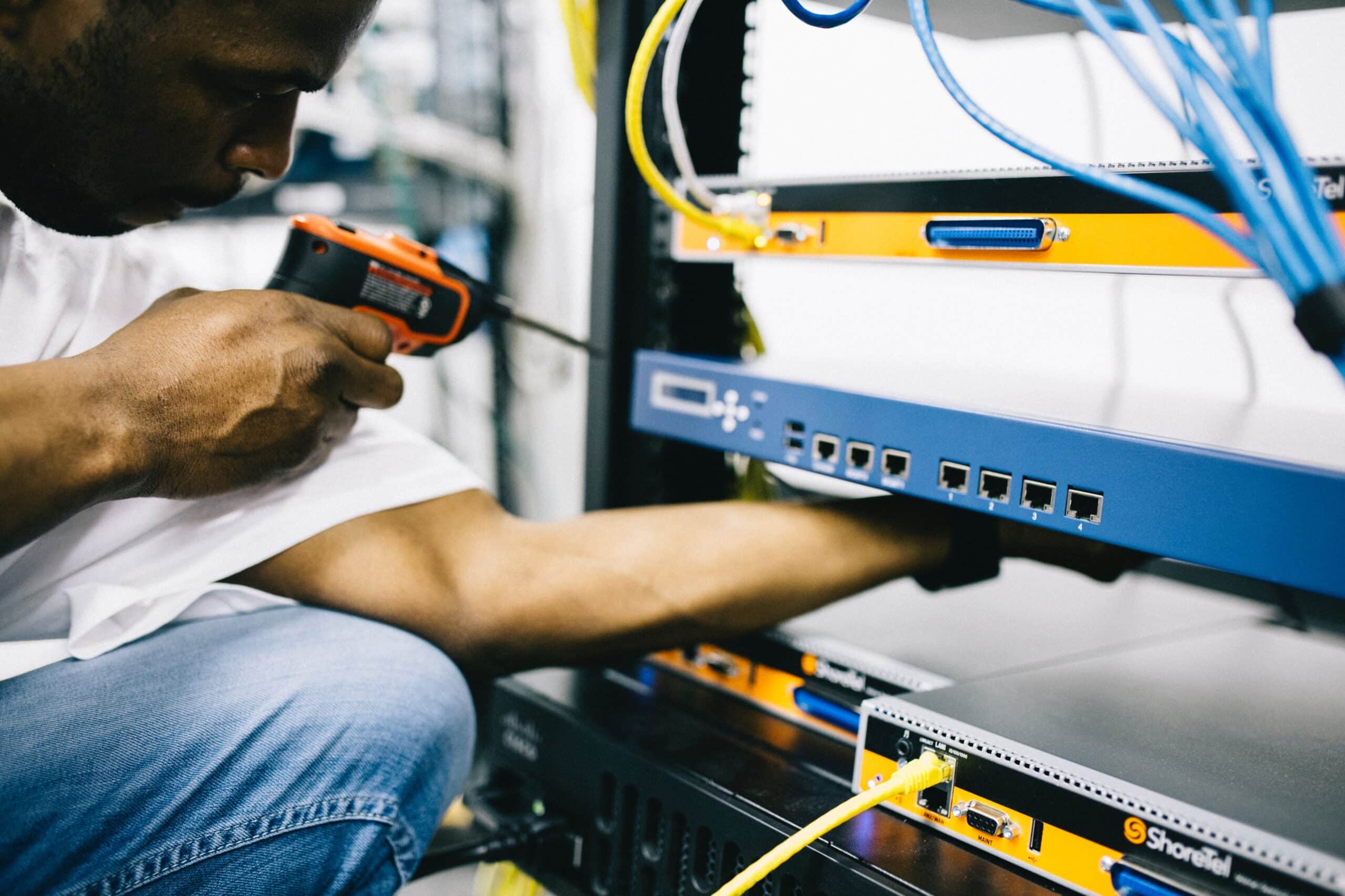
Ensuring Consumer Safety: The Importance of Product Safety Testing
In a world inundated with consumer products, ensuring their safety is paramount. From the toys our children play with to the appliances we use daily, every item we interact with should meet rigorous safety standards. This is where consumer product safety testing plays a crucial role. This article delves into the significance of product safety testing, its methodologies, and why it matters to consumers.
1.Understanding Product Safety Testing
Product safety testing involves evaluating goods to ensure they meet regulatory standards and pose no harm to consumers when used as intended or in foreseeable ways. These tests encompass various aspects such as material safety, performance, durability, and potential hazards.
2. Regulatory Standards and Compliance
Regulatory bodies worldwide set standards and regulations to safeguard consumer interests. Organizations like the Consumer Product Safety Commission (CPSC) in the United States and the European Committee for Standardization (CEN) in Europe establish guidelines that manufacturers must adhere to.
3. Types of Product Safety Tests
- Chemical Testing: Assessing products for harmful substances such as lead, phthalates, and formaldehyde.
- Mechanical Testing: Evaluating durability, structural integrity, and resistance to pressure or impact.
- Electrical Safety Testing: Ensuring electrical products meet safety standards to prevent shocks, fires, or other electrical hazards.
- Flammability Testing: Assessing the propensity of materials to ignite or sustain combustion.
- Performance Testing: Verifying if products perform as claimed by the manufacturer without posing risks to consumers.
4. Importance of Product Safety Testing
- Protecting Consumer: Ensures products are safe for use, reducing the risk of injury or harm.
- Building Trust: Demonstrates a commitment to consumer welfare, enhancing brand reputation and customer loyalty.
- Legal Compliance: Adhering to regulatory standards mitigates legal risks and potential liabilities for manufacturers.
- Market Access: Products that undergo rigorous safety testing gain access to global markets by meeting international standards.
5. Testing Methodologies
- Sampling: Testing a representative sample of products to ensure consistency and reliability of results.
- Third-Party Testing: Independent testing by accredited laboratories ensures impartial evaluation and compliance with standards.
- Risk Assessment: Identifying potential hazards and assessing the level of risk associated with product usage.
- Continuous Monitoring: Regularly monitoring products post-market to address emerging safety concerns and recall defective items if necessary.
6. Challenges in Product Safety Testing
- Global Supply Chain Complexity: Ensuring the safety of products sourced from diverse suppliers across the globe poses logistical challenges.
- Emerging Technologies: Testing new and innovative products, such as IoT devices or biotech gadgets, requires adapting testing methodologies to keep pace with technological advancements.
- Cost and Time Constraints: Conducting comprehensive safety testing can be time-consuming and expensive, especially for small businesses or startups with limited resources.
- Regulatory Variability: Navigating different regulatory frameworks across regions adds complexity to compliance efforts.
Frequently Asked Questions (FAQs)
Q1. Why is product safety testing important?
A1. Product safety testing ensures that products meet regulatory standards and are safe for consumer use, reducing the risk of injuries or harm.
Q2. Who conducts product safety testing?
A2. Product safety testing can be conducted by manufacturers themselves, third-party testing laboratories, or regulatory agencies.
Q3. How often should product safety testing be conducted?
A3. The frequency of product safety testing depends on factors such as product type, regulatory requirements, and any changes in manufacturing processes or materials.
Q4. What happens if a product fails safety testing?
A4. If a product fails safety testing, manufacturers may need to make design modifications, recall defective products, or face regulatory actions and penalties.
Q5. Can consumers access information about product safety testing?
A5. In some cases, manufacturers may provide information about product safety testing on packaging or websites. Additionally, regulatory agencies often publish safety advisories and recalls for public awareness.
Q6. How can consumers ensure the safety of products they purchase?
A6. Consumers can look for safety certifications, read product labels and warnings, and stay informed about product recalls and safety alerts issued by regulatory agencies.
Conclusion
Product safety testing is not just a regulatory requirement but a moral obligation for manufacturers to prioritize consumer welfare. By adhering to stringent testing protocols and standards, businesses can foster trust, protect their brand reputation, and most importantly, safeguard the well-being of consumers worldwide.
Call To Action
Contact us today for Free Consultation at (480) 684-2969! We’re here to answer your questions, discuss your project requirements, and provide a free consultation. Let’s work together to ensure your products meet all EMC compliance standards and unlock their full potential in the global marketplace.

One Response